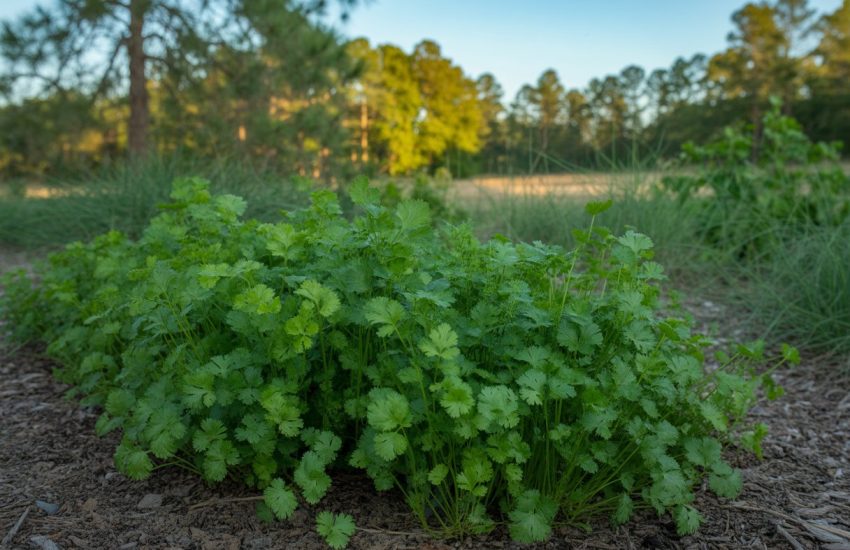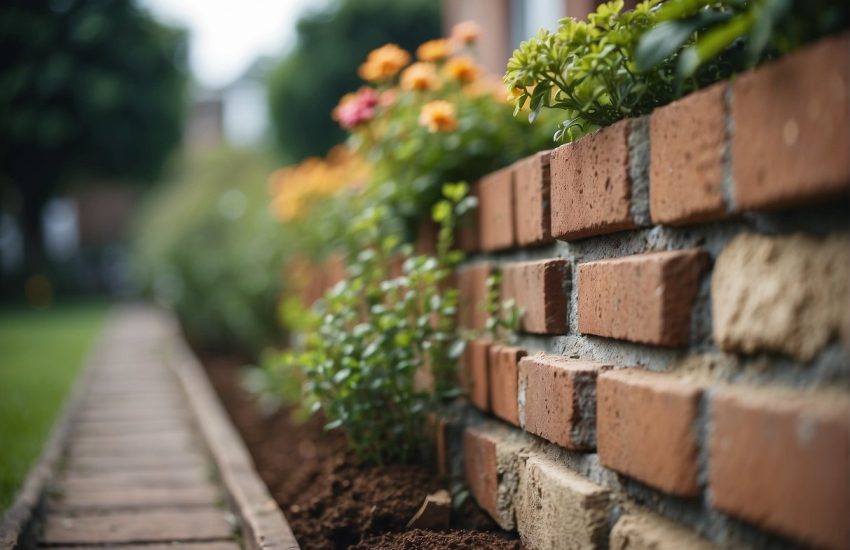Best Time to Plant Sunflowers: A Guide for Gardeners
Sunflowers are a popular choice for gardeners due to their bright, cheerful blooms and easy-to-grow nature. However, planting them at the wrong time can result in stunted growth or failure to thrive. So, when is the best time to plant sunflowers?

Generally, sunflowers should be planted after the last frost in the spring, when the soil has warmed up and the weather is consistently warm. This ensures that the seeds will germinate quickly and the plants will have enough time to grow and mature before the first frost in the fall. However, the exact timing can vary depending on the climate and location.
It’s important to note that sunflowers prefer full sun and well-draining soil. They can tolerate some drought, but consistent watering is necessary for optimal growth. With proper planting and care, sunflowers can provide a beautiful addition to any garden or landscape.
Understanding Sunflower Varieties
Characteristics of Different Sunflower Types
Sunflowers come in a variety of shapes, sizes, and colors, making them a popular choice for gardeners. Some popular types of sunflowers include dwarf varieties, giant varieties, and Teddy Bear sunflowers.
Dwarf sunflowers, as the name suggests, are smaller in size and are perfect for smaller gardens or containers. They typically grow up to 2 feet tall and have smaller blooms. On the other hand, giant sunflowers can grow up to 15 feet tall and have large blooms that can reach up to 1 foot in diameter. Mammoth sunflowers are another type of giant sunflower that can grow up to 12 feet tall and have large, yellow blooms.
Teddy Bear sunflowers are a unique variety that have fluffy, round blooms that resemble teddy bears. They are typically smaller than other sunflowers and grow up to 2-3 feet tall.
Choosing the Right Sunflower for Your Garden
When choosing a sunflower variety for your garden, it is important to consider the size of your garden, the amount of sunlight it receives, and the look you are going for.
If you have a small garden or want to grow sunflowers in containers, dwarf varieties like the Elf or Autumn Beauty sunflowers are a great choice. They are easy to grow and maintain and produce beautiful blooms.
For larger gardens, giant sunflowers like the American Giant or Mammoth varieties can add height and drama to your garden. They require more space and sunlight, but their large blooms are worth the extra effort.
No matter which sunflower variety you choose, they are all annuals, meaning they will only last for one growing season. However, with proper care and maintenance, they can provide a beautiful display of color and texture in your garden.
Preparing for Planting

Before planting sunflowers, it is important to prepare the soil and choose the optimal planting location. This will help ensure successful growth and a healthy crop.
Soil Requirements and Preparation
Sunflowers require well-draining soil that is nutrient-rich and has plenty of organic matter. A loam soil is ideal for sunflowers, as it provides a good balance of sand, silt, and clay.
To prepare the soil, it is recommended to add compost or organic matter to improve soil fertility and structure. This can be done by adding a layer of compost or organic matter to the topsoil and working it in with a garden fork or tiller.
It is also important to ensure that the soil is not too compacted, as this can restrict root growth and lead to poor plant health. If the soil is compacted, it can be loosened by aerating it with a garden fork or aerator.
Optimal Planting Locations
Sunflowers require plenty of light and direct sunlight to grow and thrive. Therefore, it is important to choose a planting location that receives at least 6-8 hours of direct sunlight per day.
In addition to sunlight, it is important to consider the climate and hardiness zone when choosing a planting location. Sunflowers are hardy plants that can tolerate a range of climates, but they do best in areas with warm summers and mild winters.
When choosing a planting location, it is also important to consider factors such as wind exposure and soil drainage. Sunflowers can be damaged by strong winds, so it is best to choose a location that is sheltered from strong gusts. Additionally, sunflowers require well-draining soil to prevent waterlogging and root rot.
Overall, by preparing the soil and choosing the optimal planting location, gardeners can ensure successful growth and a healthy crop of sunflowers.
Planting Sunflowers
Sunflowers are a popular and easy-to-grow flower that can add a touch of brightness to any garden. However, to ensure a successful growth, it’s important to plant them at the right time and take good care of the seedlings. In this section, we’ll cover the best planting techniques for sunflowers.
When to Plant Sunflowers
The best time to plant sunflowers is in the spring, after the last frost has passed. Sunflowers thrive in warm weather and need plenty of sunlight to grow. The soil temperature should be at least 50°F (10°C) before planting, as this will help the seeds to germinate.
Seed Sowing Techniques
When planting sunflowers, it’s important to sow the seeds at the right depth. The general rule of thumb is to plant the seeds at a depth of 1 to 2 inches (2.5 to 5 cm) and space them about 6 inches (15 cm) apart. This will allow enough space for the seedlings to grow and prevent overcrowding.
Caring for Sunflower Seedlings
Once the sunflower seeds have been sown, it’s important to water them regularly to keep the soil moist. However, be careful not to overwater them, as this can lead to root rot. Sunflower seedlings also need plenty of sunlight, so make sure they are planted in a sunny spot.
As the sunflower seedlings grow, they will need to be thinned out to prevent overcrowding. This can be done by removing the weaker seedlings and leaving the strongest ones to grow.
In conclusion, planting sunflowers is a simple process that can bring a lot of joy to any garden. By following these simple techniques, you can ensure that your sunflowers grow strong and healthy.
Maintenance and Growth

Watering and Fertilizing
Sunflowers are heavy feeders that require regular watering and fertilization to ensure healthy growth. Watering should be done deeply and infrequently, rather than shallowly and frequently, to encourage deep root growth. Sunflowers should be watered at least once a week, but more frequently during hot and dry weather.
Fertilization should be done before planting and then again every two to three weeks during the growing season. A balanced fertilizer with equal parts nitrogen, phosphorus, and potassium is ideal for sunflowers. However, too much nitrogen can lead to tall, spindly plants that are prone to falling over.
Supporting and Protecting Sunflowers
Sunflowers can grow quite tall, sometimes reaching heights of up to 12 feet. To prevent them from toppling over, they should be staked or supported with a fence. Stakes should be driven into the ground at least 6 inches away from the plant, and then tied to the stem with soft twine or cloth.
Sunflowers are also susceptible to powdery mildew and other fungal diseases, which can be prevented by providing adequate air circulation and avoiding overhead watering. Weeds should also be removed regularly to prevent competition for resources.
Overall, caring for sunflowers requires regular maintenance and attention to ensure healthy growth and protection against common issues. With proper care, sunflowers can provide a beautiful addition to any garden or landscape.
Harvesting and Post-Care

After the sunflowers have bloomed, it is time to harvest them. Proper harvesting and post-care are crucial to ensure that the seeds are healthy and ready for consumption. This section will cover the two most important aspects of sunflower harvesting: determining the right time to harvest and collecting and storing sunflower seeds.
Determining the Right Time to Harvest
Determining the right time to harvest sunflowers is essential to ensure that the seeds are mature and ready for consumption. The best way to determine the right time to harvest is to look at the flower heads. The flower heads should be completely dry and the petals should have fallen off. Additionally, the seeds should be plump and the back of the flower head should be brown.
Collecting and Storing Sunflower Seeds
Once the sunflowers have been harvested, it is important to collect and store the seeds properly. To collect the seeds, simply cut the flower head off the stalk and place it in a paper bag. Then, hang the bag upside down in a dry, well-ventilated area.
After a few weeks, the seeds should be completely dry and can be removed from the flower head. To remove the seeds, simply rub the flower head between your hands or use a fork to separate the seeds from the head.
Once the seeds have been removed, store them in an airtight container in a cool, dry place. Sunflower seeds can be eaten as a snack, roasted, or used in baking. They are a great source of protein and healthy fats, making them a popular choice for snacking.
In conclusion, harvesting and post-care are important steps in the sunflower growing process. By following the tips outlined in this section, you can ensure that your sunflower seeds are healthy and ready for consumption.
Frequently Asked Questions

What is the ideal month to sow sunflower seeds?
The ideal month to sow sunflower seeds is during the spring season, when the soil temperature reaches around 55°F (13°C). This is usually around mid-April to early May in most parts of the United States. Sowing sunflower seeds too early or too late can result in poor germination rates and stunted growth.
Can sunflowers be planted successfully in pots?
Yes, sunflowers can be planted successfully in pots as long as the pot is at least 12 inches (30 cm) in diameter and 12 inches (30 cm) deep. It is important to choose a potting mix that is well-draining and to water the sunflowers regularly to prevent the soil from drying out.
How late in the season can sunflowers be sown?
Sunflowers can be sown as late as mid-summer, typically around early July, but the plants may not reach their full potential. It is best to sow sunflower seeds during the spring season to ensure optimal growth and development.
What are the soil depth requirements for planting sunflower seeds?
Sunflower seeds should be planted at a depth of 1 to 2 inches (2.5 to 5 cm) in well-draining soil. The soil should be loose and free of rocks and debris to allow for proper root growth.
Is it possible to start growing sunflowers indoors before transplanting?
Yes, it is possible to start growing sunflowers indoors before transplanting. Sunflower seeds can be started indoors 4 to 6 weeks before the last expected frost date. It is important to use a well-draining potting mix and to provide adequate light and moisture for the seedlings to thrive.
Do sunflowers require full sun exposure, or can they grow in partial shade?
Sunflowers require full sun exposure to grow and develop properly. They should be planted in an area that receives at least 6 to 8 hours of direct sunlight per day. Sunflowers that are planted in partial shade may grow taller and lean towards the sun, resulting in weaker stems and smaller flowers.


